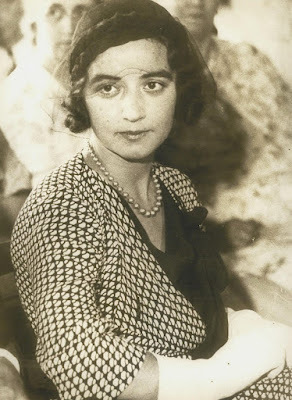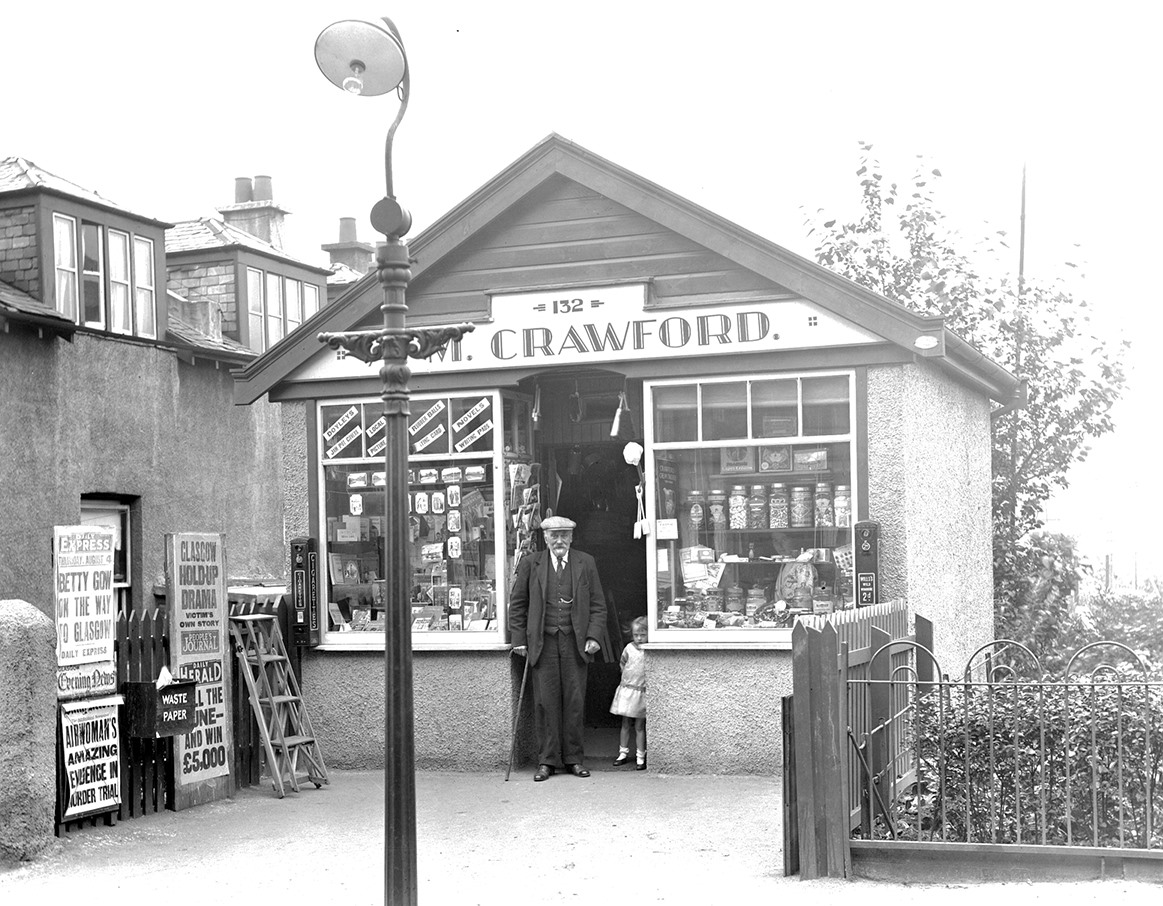Bessie Gow was a young shop assistant who lived in Strathbungo with her family in the 1920s. So how did she briefly achieve world-wide attention and notoriety? And a suspect in what was dubbed “The Crime of the Century”?
Thanks to Paul Sweeney, MSP, who first brought Bessie’s Strathbungo origins to my attention on X (ex Twitter). The prompt was this photo from the Glasgow City Archives of a newsagent in Balornock, featuring, if you look closely, the 4 August 1932 billboard “Betty Gow on the way to Glasgow”.



Recent Comments